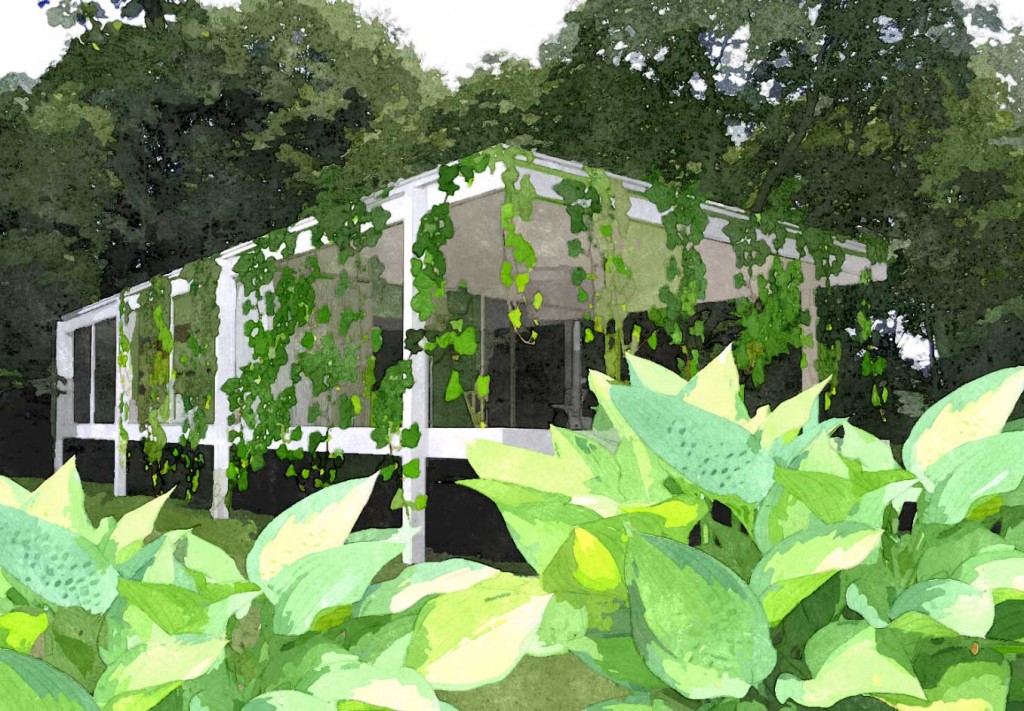Sustainable Sunshine Coast Home Design : Ecological house design ‘vs’ ego driven & no logic design:

BUILDING A SUSTAINABLE HOME ON THE SUNSHINE COAST?
Our philosophy is that ‘a project should not cost the earth’ both in terms of affordability and also in regards to our desire to employ sustainable design strategies and simple passive architectural principals, such as natural lighting, cross ventilation as well as the carefully considered orientation of a structure. Sustainabilty is a high priority of ours from the inital planning stages right through to completion. Our projects are a combination of playful, habitable sculptures as well as pragmatic environmental filters and containers for living . We are equally comfortable working to a tight budget on low cost solutions or the other end of the spectrum designing luxurious objects of desire that employ state of the art technology and everything in between.
Sustainability and sustainable design in general are both kind of vague and innocuous terms especially in the context of sunshine coast architecture and building design a broad explanation is that it ‘green or sustainable’ design’ generally refers to the choice of materials, the embodied energy of those materials and their origins and respective life spans or ability to be re-used.
SUSTAINABLE BUILDING DESIGN: ETHICAL CONSIDERATIONS
An example of embodied energy in a local house design is the specification of a simple timber beam- if you are concerned with your ecological impact and carbon foot print you should be asking yourself: is it a sustainable resource? has it come from a certified well-managed local forest where each tree removed is accounted for and replenished by another tree with a species specifically planted for its fast growing and low impact properties? or was it in fact ripped from an old growth forest in PNG or the Amazon rainforest? where the mass destruction of these trees is destroying orangutan populations and causing irrevocable harm to the planet.
SUSTAINABLE HOME DESIGN: EMBODIED ENERGY
Another example is the distance materials used in a building project have travelled, marble floor tiles from Calcutta for example might be a lovely luxurious inclusion to your new beach house design on the sunshine coast and the financial savings may be less than a seemingly less exotic locally sourced materials, but the cost in terms of carbon emissions alone required to transport these heavy materials is something you should also factor into your decision that and the potentially horrendous working conditions of the third world factories where these materials are being processed.
SUSTAINABLE HOUSE DESIGN: ALTERNATIVE INSULATION
Sustainable innovation use of materials do not need to be high tech it can be purely a case of using old things in a new ways. Straw bales, a low tech, cheap localised building material is in recent times being vie viewed as a viable, sustainable insulative material for many different contexts. The same can be said for sheep’s wool is frequently employed as insulation in building for its high thermal properties.
SUSTAINABLE ARCHITECTURE: SYSTEMIC THINKING
Designers have the capacity to design sustainable environments that decrease the burdens of nature and enhance the quality of life—Nevertheless, in current sustainable design & environmental design courses this is not commonly the case. Ecologically minded design is often taken far less seriously than purely aesthetic driven design, which highlights an egotistical contempt for the environment and social coconsciousness.
Many designers trust blindly their ego / intuition and myopic design precedents of the supposed ‘greats’ who preceded them heavily influence their thinking , rather than looking at problems with a fresh set of eyes and a blank sheet of paper to create bespoke solutions. perhaps this is due to them lacking the imagination , fortitude or lateral thinking required for coming up with their own real world solutions or systemic thoughts. The few that manage to pontificate how the built environment design effects our values and sense of place commonly emphasise the sensual aspects of nature more akin to ‘ecological appreciation’ rather than employing holistic systems thinking.
Reference:
Birkeland, J.,(2002).Design for Sustainability: A Sourcebook of Integrated Ecological Solutions EarthScan: London.